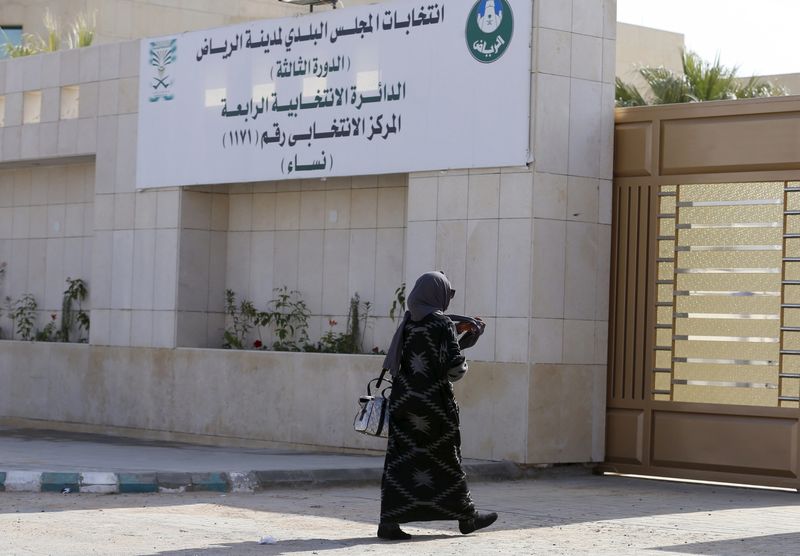(Bloomberg) -- Saudi Arabia’s reserves fell at a slower pace in April after the kingdom said it had transferred 150 billion riyals ($40 billion) to finance an investment spree by its sovereign wealth fund.
Net foreign assets in the Arab world’s biggest economy declined 4.5%, or $20.9 billion, last month, according to data released Sunday by the Saudi Arabian Monetary Authority. The fall comes on top of a $27 billion, or 5.4%, plunge in March.
The government is looking to its largest-ever debt program to keep the depletion of reserves limited to 120 billion riyals, as originally planned in the budget. Saudi Arabia has also turned to austerity measures and tripled the value-added tax in an attempt to cope with the impact of the coronavirus pandemic and the oil-price rout, which has cut deeply into government revenue for the world’s largest oil exporter.
At the same time, officials say they’re seizing investment opportunities abroad. In the first quarter of this year, the Public Investment Fund -- Saudi Arabia’s sovereign wealth fund -- went on a stock buying spree, investing billions of dollars in companies like cruise operator Carnival (NYSE:CUK), BP (NYSE:BP) Plc, Boeing (NYSE:BA) Co., Citigroup Inc (NYSE:C). and Facebook Inc (NASDAQ:FB).
In a statement over the weekend, Finance Minister Mohammed Al-Jadaan said the government had transferred around $40 billion from the central bank’s foreign currency reserves to the sovereign fund in March and April to enable it to take advantage of recent market turmoil.
Read More: Saudi Arabia Moved $40 Billion in Reserves to Sovereign Fund
“This procedure was taken after comprehensive study and taking into consideration the sufficient level for foreign-currency reserves,” Al-Jadaan said.
Saudi Arabia’s fiscal deficit this year is set to widen to nearly 13% of gross domestic product, according to the International Monetary Fund. Gross official reserves are set to drop to around $456 billion this year, continuing the trend into 2021, when they’re estimated at just over $409 billion, IMF projections show.
Economists say the kingdom still has enough reserves to defend the Saudi riyal’s peg to the dollar. At the end of April, the central bank’s net foreign assets stood at $443 billion.
“Saudi Arabia’s reserves’ position remains comfortable despite the fall,” said Monica Malik, chief economist at Abu Dhabi Commercial Bank. “The still low debt level provides an additional buffer. This is likely to rise sharply this year and next. Nevertheless, the medium-term oil price and ongoing fiscal adjustment remains critical.”
©2020 Bloomberg L.P.
